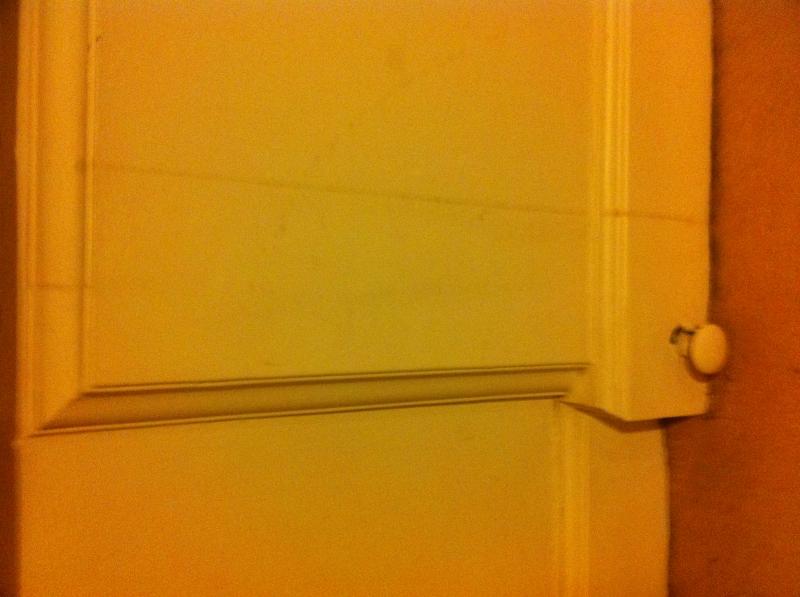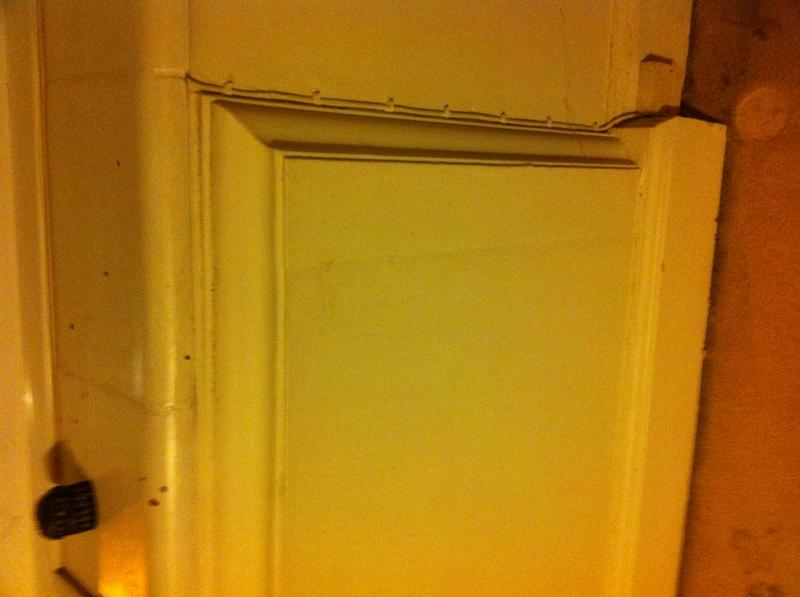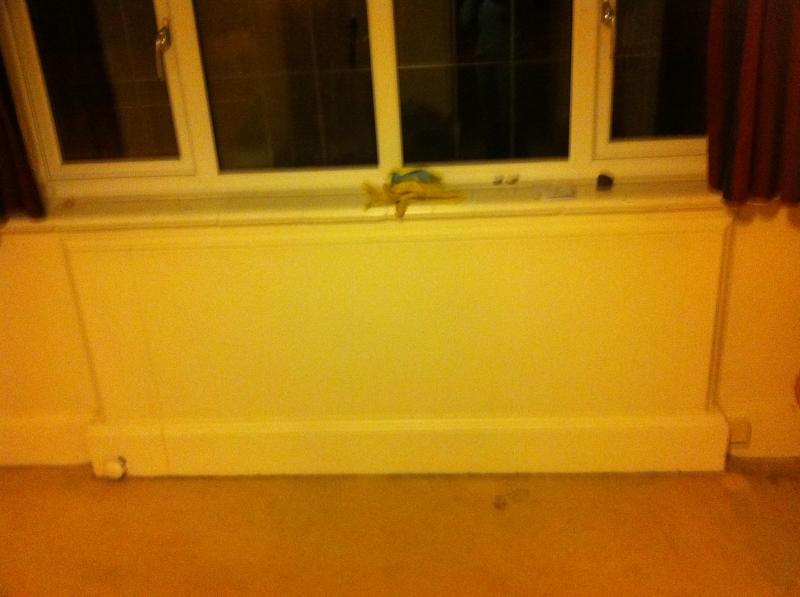Don't know if anyone has removed one of these, But i have a 1930's house that has a heating system with invisible Radiators built into the walls. They are mainly recessed into the brickwork and plastered over with a single valve mounted in the skirting board. I believe the system is completely disconnected and empty of water (but not completely sure). We also have a more tradional working system probably installed in the 70's. I want to remove one of the old cast iron radiators which actually sits proud of the wall but is stiil plastered over to make a feature.....has anybody done this or can anyone offer any advice/tips etc...




